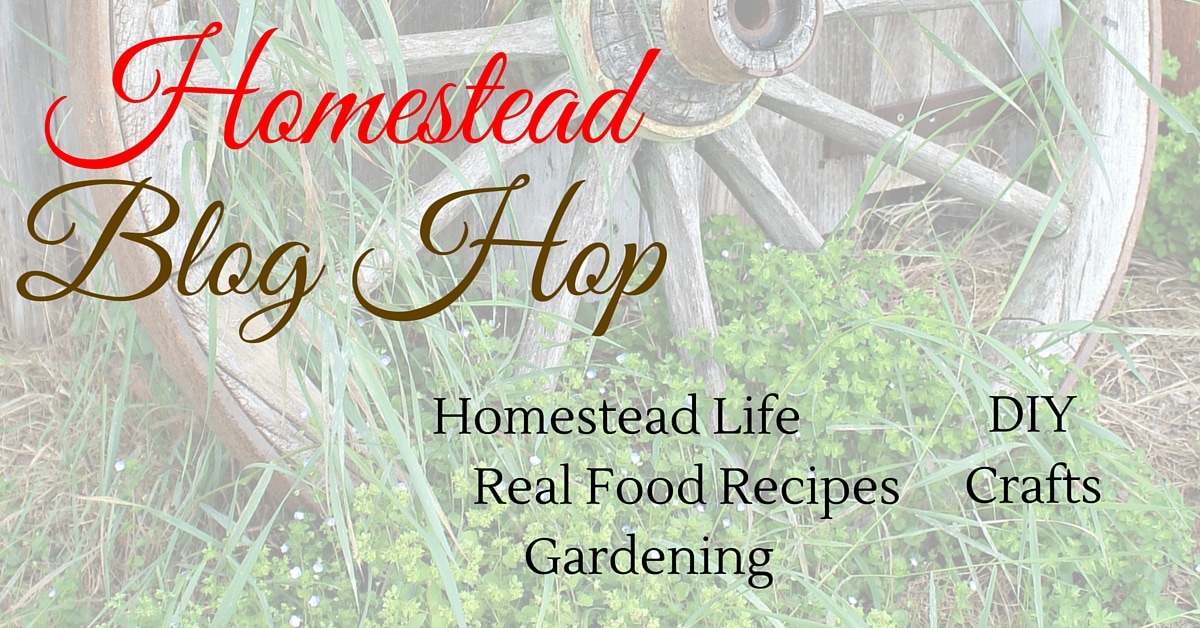What to do with that Boston Marrow Squash.
| My earliest memory in the kitchen is of helping my father peel and cut up Boston Marrow Squash to make his squash pies. Now that I think of it my earliest memory in the garden is growing these beauties as well. My family has grown Boston Marrows for generations passing the seeds down to each generation. The Boston Marrow Squash that we sell at the farmers market come from my late fathers seeds that were passed on to me. |
| Boston Marrow Squash is an heirloom rich in history. In the 1830's this squash was a popular variety in New England and New York. The seeds are believed to originate from a Native American tribe. For next 150 years this squash became one of the most popular commercial squashes, but by the 21st century nearly every seed company had dropped the Boston Marrow in favor of newer varieties. In 1881 D.M. Ferry's catalog said, "Very dry, fine-grained, and for sweetness and excellence, unsurpassed; a very popular variety in the Boston market." |
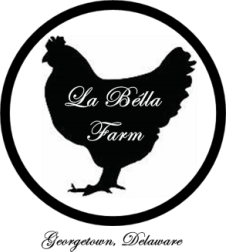
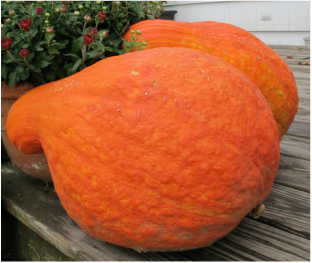
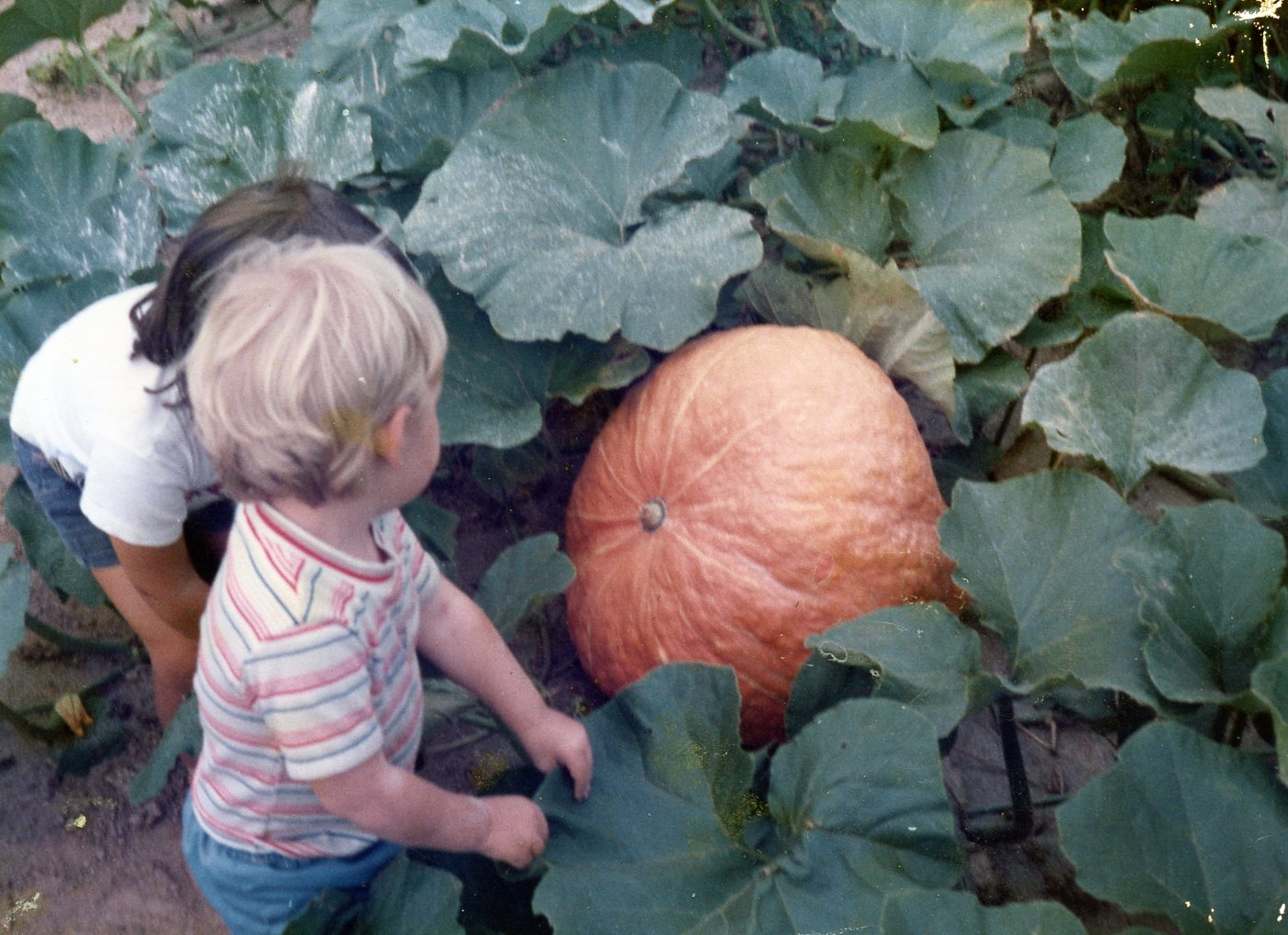
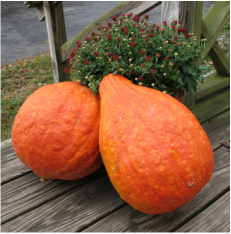
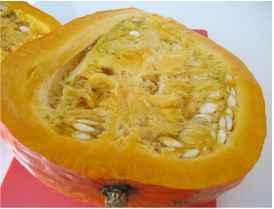
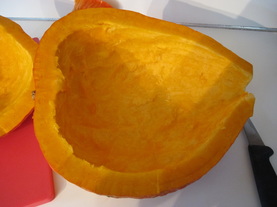
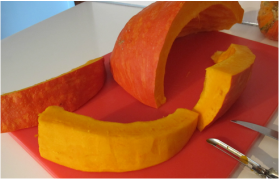
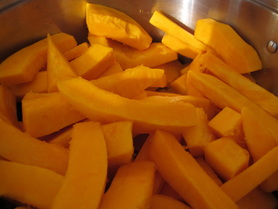
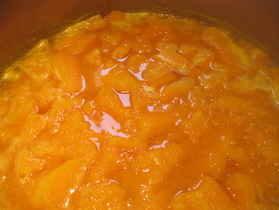
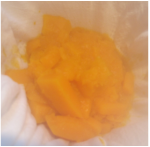
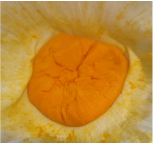
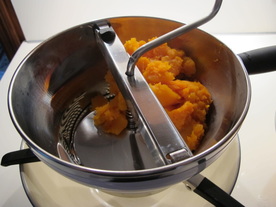
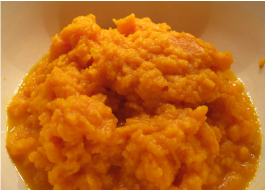
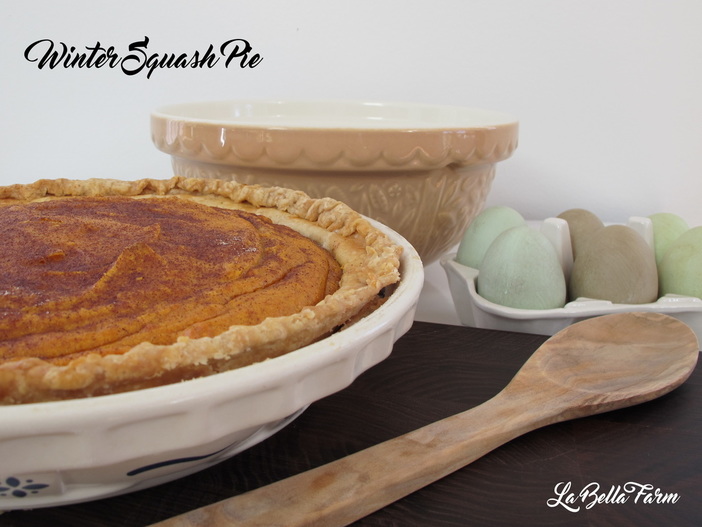
 RSS Feed
RSS Feed


